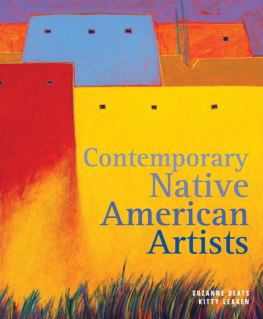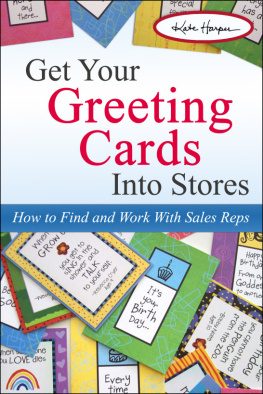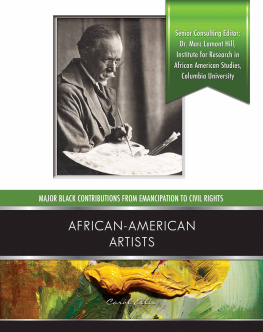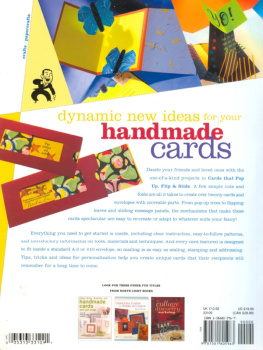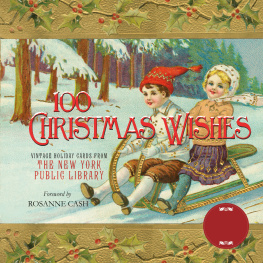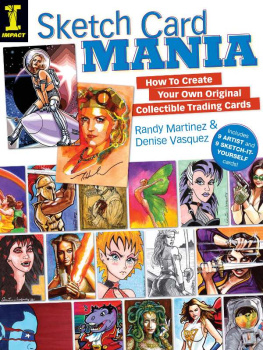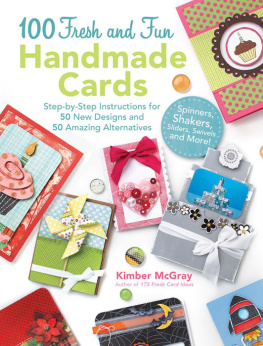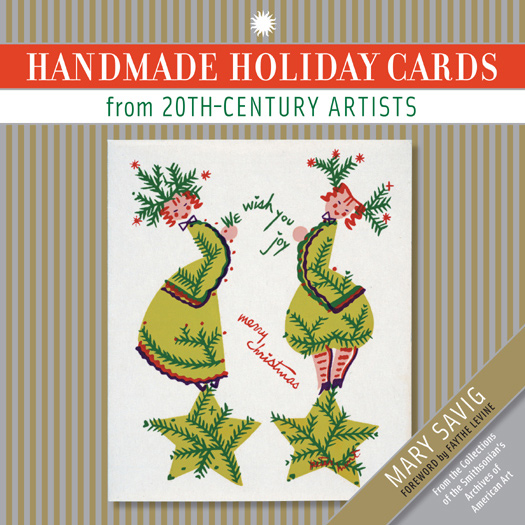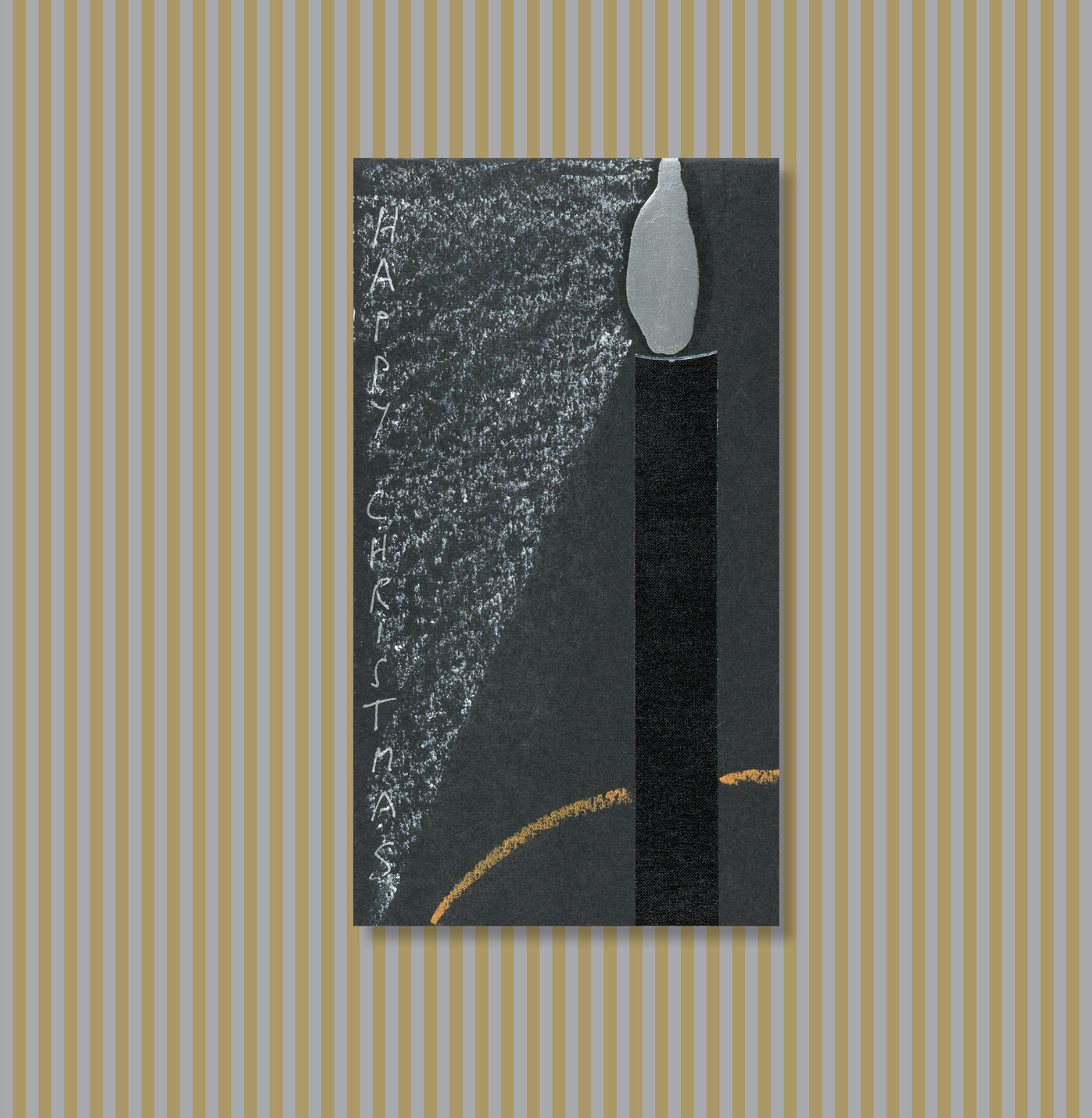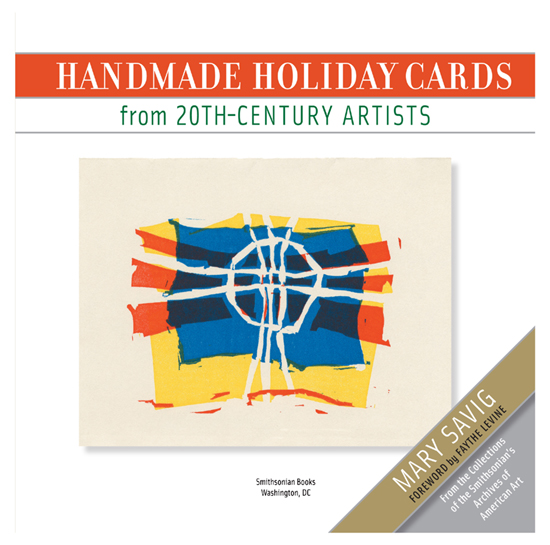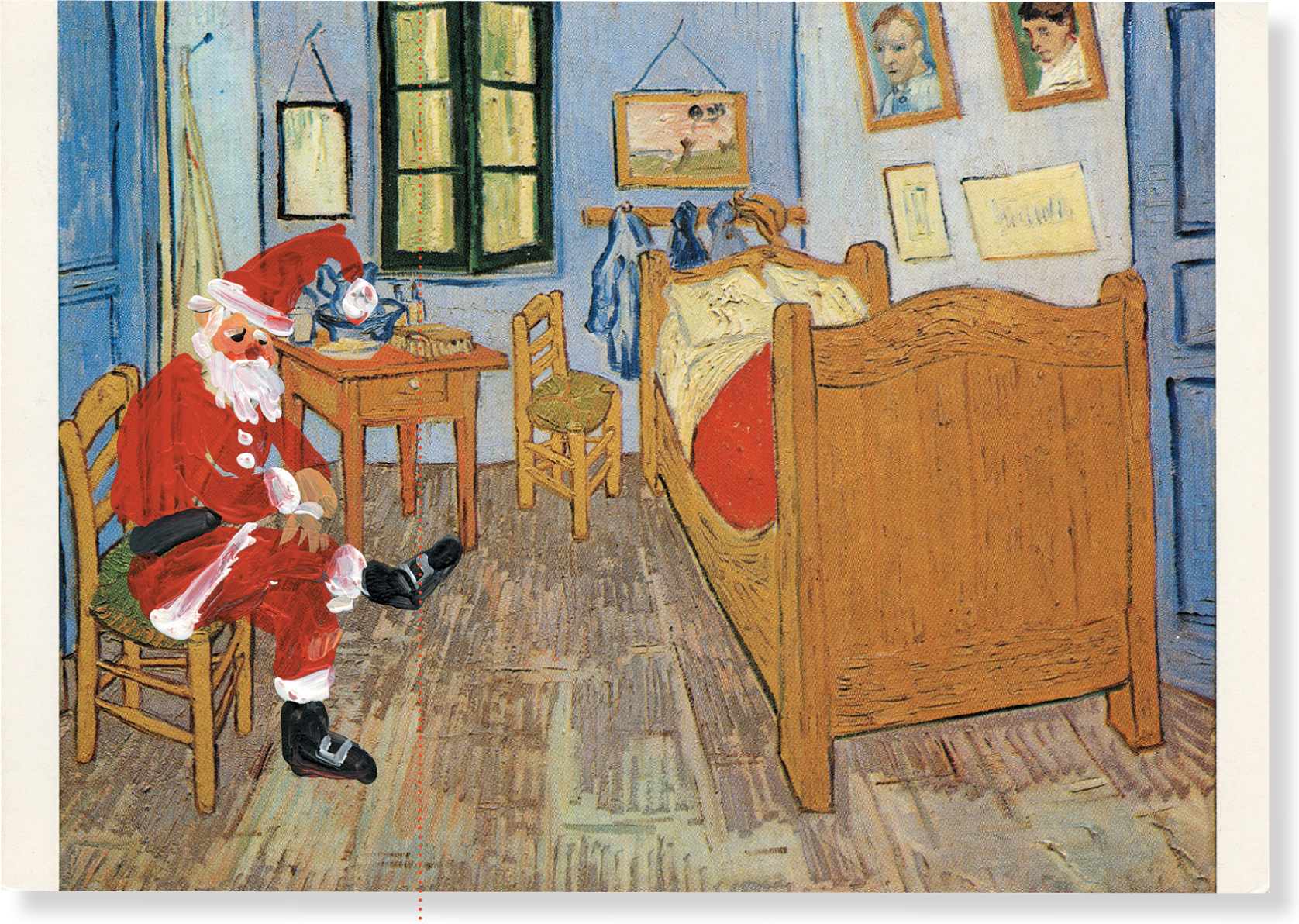2012 by the Smithsonian Institution
All rights reserved. No part of this publication may be reproduced or transmitted in any form or by any means, electronic or mechanical, including photocopying, recording, or information storage or retrieval system, without permission in writing from the publishers.
For information, please write:
Special Markets Department
Smithsonian Books
P. O. Box 37012, MRC 513
Washington, DC 20013
Published by Smithsonian Books
www.smithsonianbooks.com
Director: Carolyn Gleason
Production Editor: Christina Wiginton
Edited by Jane McAllister and Lise Sajewski
Library of Congress
Cataloging-in-Publication Data
Savig, Mary.
Seasons greetings : handmade holiday cards from twentieth-century artists /
[Mary Savig; foreword by Faythe Levine]. pages cm
eISBN: 978-1-58834-387-1
1. Greeting cardsUnited States. 2. Art, American20th centuryMiscellanea.
3. ArtistsUnited StatesMiscellanea. 4. Archives of American Art. I. Title.
NC1860.S28 2012
745.594120973dc23 2012007104
For permission to reproduce illustrations appearing in this book, please correspond directly with the owners of the works. Smithsonian Books does not retain reproduction rights for these images individually, or maintain a file of addresses for sources.
v3.1
CREDITS
David Evison to Piri Halasz, ca. 2005
18 10 cm
fabric and metallic ink on paper
Piri Halasz papers, 19692009
Influenced by industrial landscapes and modernist aesthetics, sculptor David Evison (b. 1944) builds his abstract sculptures out of steel and copper. Evison adapted his work with metal to a holiday card with the silver flame of a charcoal-hued candle. The gray glow of the candle illuminates his Christmas greetings to art critic Piri Halasz. Evison wrote occasional reviews of art exhibitions for Halaszs newsletter, Report from the Front.
Hale Woodruff to James Mullen, 1972
screen print
11 14 cm
James Mullen Christmas card collection, ca.19552003
Art Estate of Hale Woodruff/Licensed by VAGA, New York, NY
Together with Romare Bearden, Hale Woodruff (19001980) formed a collective of African American artists in 1963. They named this group Spiral to acknowledge the diverse and fluid aesthetics of black artists in the United States. Spiral members met regularly in Beardens studio in New York City, where they grappled with how to contribute to the Civil Rights movement with contemporary black aesthetics. Woodruff, a well-regarded painter and printmaker, referenced his own interest in cubism and African American symbolism in his radiant 1972 holiday card to James Mullen. On the interior of the card, Woodruff notes that the title of his semi-abstract beacon of light is Primeval Image.
Arturo Rodrguez (b. 1956) to Helen L. Kohen, undated
acrylic by Rodrguez on a postcard of reproduction of The Bedroom in Arles (1889) by Vincent Van Gogh.
10 15 cm
Helen L. Kohen papers, 19781996
CONTENTS
FOREWORD
By Faythe Levine
FOREWORD
THINKING ABOUT PROCESS, personality, and the importance of handmade runs through all facets of my day-to-day life. This attention to individual creativity started off early when I was born at home in the late 1970s to counterculture parents. An open-mindedness that included casual celebrations of both Hanukkah and Christmas are my earliest and strongest memories. As an only child with two parents working full-time, I loved the extra attention I received during the holidays, the time of year for making things: creating ornaments from homemade play dough, decorating wrapping paper with potato stamps, dousing glue-covered pinecones with glitter, spreading cotton-ball snow over construction-paper pine trees. And no California December would be complete without filling windows with hand-cut paper snowflakes to accentuate the sun and palm trees outside.
My fathera prolific writerwould spin an avant-garde version of the family update in a poem, giving homage to big changes, both personal and global, that happened throughout the year and imparting astrological foresight for the near future. The poems were lyrical, rhyming, and politically aware. My parents would then have a local printer produce a limited run of cards, paying close attention to the layout, design, and paper color. We sent each yearly edition to friends and family as the Levine family holiday card.
In our household we gave and received handmade cards for all occasions. I saved the most memorable cards handed down to me by my mother. The most treasured card is a copy of the hand-drawn and -lettered announcement of my birth, followed closely by my early birthday cards from family friends and poems my dad would write to me at summer camp. The painted, drawn, and inked papers drip with individual personality. I know only stories of many of the people who sent the cards, and these souvenirs of old family friends stay with me as an adult. The handmade cards are the ones that survived all these years. Their use of shapes and color palette give a nod to the popular aesthetic and design of the late 1970s. There is a sense of appreciation knowing someone took the time to make you something. I think most of us find it difficult to throw away a handmade memento.
Suzanne Levine for Faythe Levine, 1977 hand lettered ink on paper 21.6 28 cm
Suzanne Levine hand-lettered the front of the card, announcing the birth of her daughter Faythe. The inside reads: I have no name/I am but two days old. What shall I call thee? I happy am/Joy is my name. Sweet Joy befall thee! Pretty Joy! Sweet Joy but two days old, sweet joy I call thee; Thou dost smile/I sing the while/Sweet joy befall thee. William Blake

Its amazing that I even have these cards with me today, because my small family moved around quite a bit. We started in Minneapolis, then spent an exciting year on the road traveling the country in the Maroon Balloon (thats what we called our van). We landed in Los Angeles in time for me to enroll in elementary school. At the tail end of the 1980s, we migrated to Seattle where I finished school.
As an adult I ended up coming back to the Midwest. For the past ten years my home has been in Milwaukee. Once people find out that I didnt grow up in Wisconsin, they want to know how I ended up here, and my answer always needs explanation. I came to visit a pen pal who lived in Milwaukee. After falling in love with the city, I decided to move. This explanation usually results in a confused facial expression that seems to say, You moved to a city because of a pen pal?


